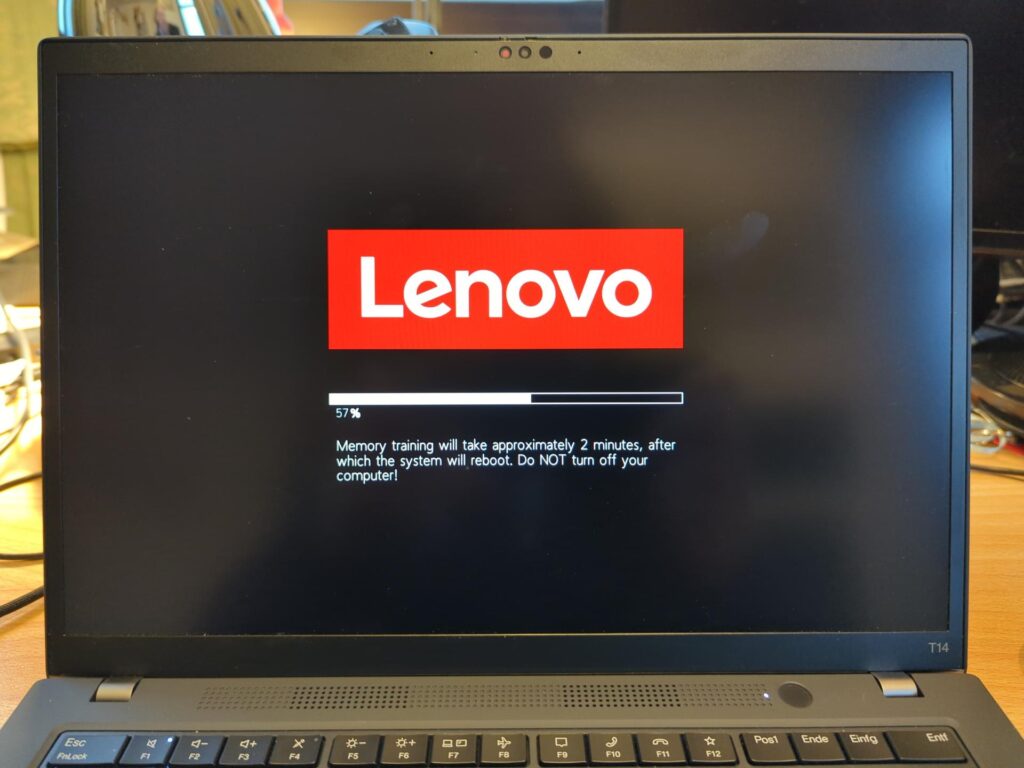
Yes, I’m late to the game. A couple of months ago, I upgraded from Ubuntu 20.04 to Ubuntu 22.04. I’m late because by 2022, Canonical decided that the Wayland graphical display system was the way to go and X should be on the way out. At the time, I tried out Wayland to see how well it would work for a number of everyday scenarios I have, particularly with remote screen sharing and support. It turned out that Wayland had come a long way, but I found remote support with tools that only worked on X still had the advantage. So when I finally migrated my own notebook to 22.04, well ahead of the devices I support, I switched from Wayland to X to see how well Ubuntu 22.04 would ‘still’ run on X. Now a couple of months later, I can say that I didn’t detect any major problems, the system runs on X just fine.
In about 3 months, Ubuntu 24.04 will be out, and as far as I understand, it will still be possible to switch to X for the Graphical User Interface. Once the final version of 24.04 is out, I will revisit the Wayland vs. remote screen sharing topic again to see if it has improved in the meantime. If not, then I will repeat the X-exercise with 24.04 again and, if things still work smoothly, migrate the devices I support from 20.04 to 24.04 in one go.



